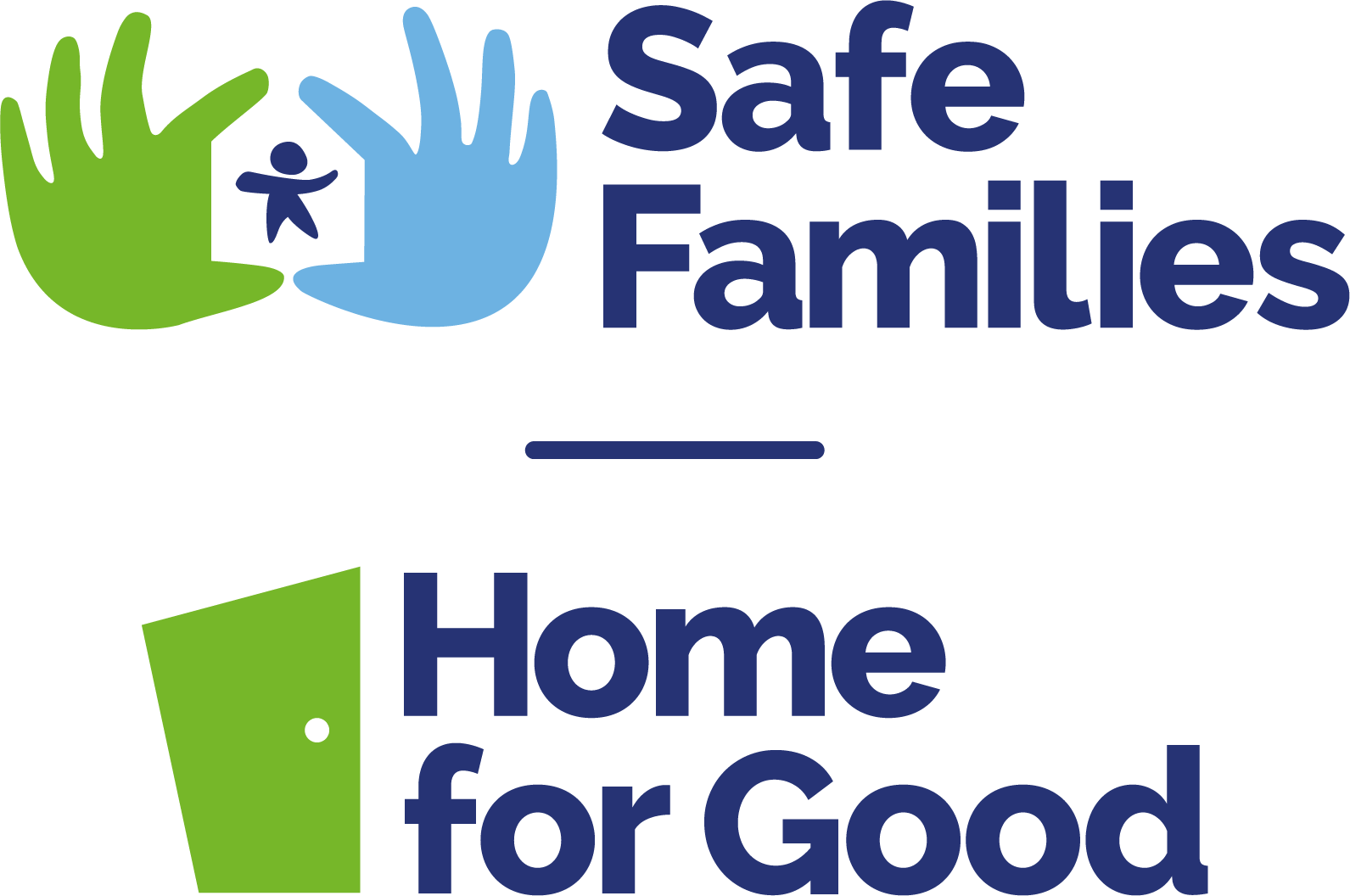The BBC One documentary ‘Joe Swash: Teens in Care’ aired on television last night. It shone a light on the experience of thousands of young people currently in the care system.
Across the UK, there are over 100,000 children in the care system[1] with around 70,000 children living with over 55,000 fostering households[2] but this cohort of young people and their families are often overlooked or misunderstood.
At Home for Good we are really pleased to see the stories, experiences and needs of children in care highlighted on national television. Here are three things that really stood out to us from the documentary:
1. The focus on teenagers in care
Often when we think of ‘children in care’, our minds automatically picture babies and young children. While it is true that babies and young children do make up a portion of the care population, a more accurate reflection of a typical child in care is actually a teenager. The age profile of children in care has been rising over the past decade – 39% are aged 10-15 years and 1 in 4 (25%) aged 16 years and over.[3]
At Home for Good, we have made caring for teenagers an organisational priority. In our mission to find a home for every child who needs one, we regularly champion the needs and wellbeing of teenagers in care. We are actively calling on the Church to respond with both compassion and action, opening homes to welcome young people in need of loving, supportive relationships.
2. The ‘care cliff’ was highlighted as a significant issue
A major obstacle that children in care must navigate is what is often referred to as the ‘care cliff’. At the age of 18, a young person will formally exit the care-system. Too often, there’s just not enough support for them as they seek to navigate the challenges of independent living – moving into new accommodation, managing finances, finding employment or enrolling in further education.
No young person ages out of the need for loving relational support. This is one of the reasons we are passionate about supported lodgings. Supported lodgings is a provision for young people aged 16 or over whereby they live in the home of a host family, individual or couple, and they can stay there up to the age of 25. In sharing a home through supported lodgings, young people can learn practical life skills in a safe space with the encouragement of a trusted adult. At Home for Good, we believe supported lodgings could be a life-changing option for many teenagers, enabling them to feel prepared and supported to launch into adulthood.
3. The life changing role of foster families is acknowledged and celebrated
The amazing commitment and love shown by foster families shone throughout the documentary. We saw just how instrumental a role foster parents play in enabling children and young people to flourish. Joe Swash’s mum spoke of her long-term foster son, saying “We love him. He is part of our family. He will always be part of our family.” At Home for Good we know that this sentiment is echoed by foster carers all over the UK. We join with many others in celebrating the transformational role of foster parents raising children and young people.
During the documentary we also saw a glimpse of what it is like to grow-up living in residential care rather than foster care. These settings can supportive and the right fit for some young people. However, we know that due to a shortage of foster carers, there are children living in residential care when a family-based setting like foster care would be better for them. At Home for Good we want to see more young people given the option of family-based care, no matter what their background or previous experience may have been.
Every year, thousands of new foster families are needed to ensure that every child in care has a home that its stable and supportive. During the documentary, Joe Swash said: ‘Stability is so underrated’. There are thousands of young people in need of a stable home and loving relationship, but all too often, these things just aren’t available to them.
Could you open your home to a teenager in care? Could you provide a life-long loving relationship? Find out more about caring for teenagers here.
[1] England: 82,170. Department for Education. 2022. Children looked after in England including adoptions. Scotland: 10,396. Scottish Government. 2022. Children’s Social Work Statistics Scotland, 2020-21. Wales: 7,080. Welsh Government. 2022. Children looked after by local authorities April 2021 to March 2022. Northern Ireland: 3,624. Department of Health. 2022. Children’s social care statistics for Northern Ireland 2021/22. Total: 103,270.
[2] England: 57,540 children in foster care and 43,905 fostering households. Department for Education. 2022. Children looked after in England including adoptions. / Ofsted. 2022. Fostering in England 2021 to 2022. Scotland: 4,467 children in foster care and 3,540 fostering households. Scottish Government. 2022. Children’s Social Work Statistics Scotland, 2020-21. / The Fostering Network. 2022. Fostering Statistics. Wales: 4,915 children in foster care and 3,800 fostering households. Welsh Government. 2022. Children looked after at 31 March by local authority and placement type. / The Fostering Network. 2022. Fostering statistics. Northern Ireland: 3,008 children in foster care and 3,009 fostering households Department of Health. 2022. Children’s social care statistics for Northern Ireland 2021/22. / The Fostering Network. 2022. Fostering Statistics.
[3] Department for Education. 2022. Children looked after in England including adoptions.







